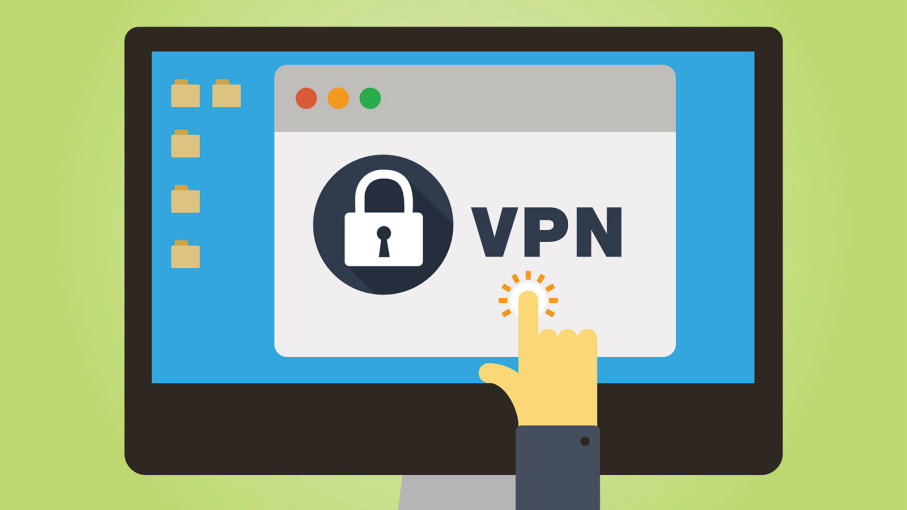We are aware of the ever-growing desire that internet users have for wanting to explore unknown and “wild” territories, we believe that adventure on the “hidden” side of the Web, better known as “Deep Web” (translation: Web Deep) and its darkest side called “Dark Web” must be considered perilous and extremely dangerous !
The objective of this article is certainly not to “train” you to explore the “Deep Web” and even less to explore the “Dark Web”, it is said. The purpose of this article is to draw up the risks run by the Internet user wishing to surf on the “Visible Web” (Web Surface) or towards unknown and “wild” territories… It goes without saying that a good understanding of the subject is a prerequisite before going further.
This article is intended for curious and information-hungry people, as well as Internet users who use their computer equipment, their network equipment, their Internet subscription (ISP) and their software tools. You have certainly understood that anyone using computer hardware, software and an internet subscription that does not belong to them for malicious purposes is considered to be “hackers”.
What is “Web Surfacique”?
The “Web Surface” is by definition the whole accessible and visible part of the Web. It just means that all the approved and available search engines you use, from your internet connection (ISP) and your computer, will only return indexed results of links (URLs), websites and content that are referenced. and approved by the publishers of these same search engines.
More generally, the “Surfacic Web” is the accessible side of the online Web indexed by search engines such as “Google”, “Bing”, “Ask”, LeMoteur ”, Dazoo FR”, “DuckDuckGo”, “ Lycos ”,“ Exalead ”,“ Gigablast ”,“ Sukoga ”,“ Wopa ”,“ Yahoo ”,“ Premsgo ”,“ Qwant ”etc.
What is “Deep Web”?
The “Deep Web” is by definition the whole accessible and invisible part of the Web. This means that all the conventional, approved and available search engines that you use, from your Internet connection (ISP) and your computer, will never index and return links, content and websites that are not referenced and not approved by the publishers of these same search engines.
More generally, the “Deep Web” is the invisible and accessible part of the online Web that cannot be found and never indexed by the usual and most reputable search engines (non-exhaustive list section I).
“Deep Web” vs “Dark Web”
Rightly or wrongly, the “Deep Web” and the “Dark Web” are often confused and assimilated to the same “digital footprint” of the Invisible Web, it’s a “ Tor ” ! A human fingerprint is considered anonymous when it is not possible to identify the person who owns this fingerprint. The only way to identify the person will be to confuse (compare) this anonymous fingerprint with other fingerprints left (traces). In the latter case, the individual will have to hide and isolate himself from the world to preserve his anonymity.
By analogy with the human footprint, a digital footprint is always visible and accessible on the Web. In the “Deep Web” , the digital footprint is never hidden since it always remains visible and accessible, it is therefore just UNFOUNDED, by analogy to the example of the human footprint. In the “Dark Web “, the digital footprint crosses different isolated networks making anonymous or almost anonymous and hidden all the exchanges between “friendly people” of the same isolated network. Originally, these isolated networks were populated by completely anonymous “friend” individuals using a “F2F” (Friend To Freind) network.
Today, the “Dark Web” is built around a core of software like “Tor” thus removing the notion of “F2F” network. De facto, the websites and content explored through “the Tor Network” are part of the “Dark Web”, not the “Deep Web”! Total anonymity across the Web and the “Dark Web” is therefore relative and dependent on exchanges and traces spread by Internet users, to the extent that their “isolation” remains inversely proportional to their risk-taking…
Risks of potentially dangerous encounters on the Web and “Deep Web / Dark Web”
For obvious reasons impacted by this delicate and sensitive information, I wanted to make you aware as a precaution of the different types of threats to which you are exposed in the “Deep Web” and the “Dark Web”. Here is a non-exhaustive list of potential risks:
- Meet the puzzles
- Meeting with viruses
- Meeting with hitmen
- Meet illegal online shops of all kinds
- Meeting with “militarized” journalism
- Meeting with global terror
- Meet the pirate stock markets
- Meeting with human madness
- Meeting with mass terrorism
Navigating the Web and its “deep waters” (Deep Web and Dark Web) is therefore a very dangerous terrain where various threats are concealed which should not be taken lightly! Government departments specializing in Cybercrime and Cyber Defense are rightly present in the “Deep Web” and the “Dark Web”.
This is where the notion of legality comes into play, to the extent that it has been compromised by the user (consumer)! Without going into a controversial debate, I will voluntarily imagine this situation by taking the example of a known place in Holland called “Le Red Light” (Red Light District). In this very popular “Red Light” district where various legal and illegal activities coexist and take place, everyone has the right to visit it freely and anonymously. The Dutch Police and Intelligence services are also part of the landscape!
They circulate freely anonymously like everyone else! As soon as a consumer (visitor) decides to buy a product listed as dangerous and illegal in a “hidden” place (anonymity), the police are entitled to arrest him and to institute legal proceedings against him . These legal rules apply in the same way on the Web as well as the “Dark Web” and the “Deep Web”!

